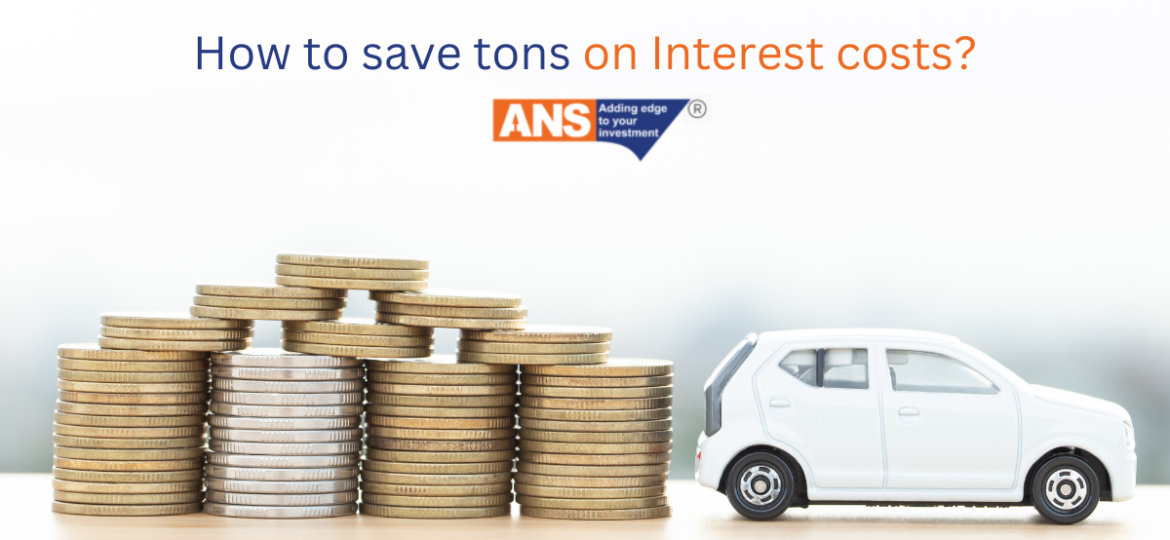- Are you somebody who is tired of paying bank installments every day?
- Are you burdened with heavy interests every month?
If your answer is yes, then we are here to help you.
Well, financial tools such as home loans, car loans, and personal loans give you the ability to lead a comfortable life. Reports suggest that 77% of salaried workers opt for personal loans to fund expenses. Despite the fact that these financial tools are beneficial it is essential that you do not fall into the debt trap, want to know how to save money? Here’s how:
1. OVERDRAFT PROVISION AGAINST MUTUAL FUNDS
Have you ever invested in mutual funds? If yes, then we have some good news for you! It is appropriate to opt for an overdraft provision in contrast to your mutual funds.
Nevertheless, if you use this facility, you will not be able to sell your units until you repay the amount loaned against the mutual funds. You can choose 50% equity of equity funds and 70-80% of debt funds to assist the overdraft facility.
Let’s take an example if you have invested INR 50,000 in equity funds and you want to avail overdraft facility to pay off your car loan of INR 3,75,000 at an interest rate of 10% which comes to INR 37,500 now in the process of using an overdraft provision you can opt for 50% of the equity funds that is INR 25000 and 70% of debt funds that is 3,50,000 that way you can avail yourself INR 3,75,000 to settle your car loan and save INR 37,500.
ADVANTAGES OF OVERDRAFT FACILITY
- It is one of the most convenient ways to get liquidity against investment in mutual funds
- The interest rates are generally less than that of personal loans interest rates
- Investors have the independence to control so as to minimize the interest rates
2. TAX COMPENSATION
When we receive a tax refund, you can object to the idea of paying off your debt rather than using it to meet your day-to-day expenses. Tax compensation or tax refund is a big amount of money that has the ability to decrease your debt considerably.
3. FOCUS ON INCOME
If you are a salaried worker, we would suggest you work an extra job to earn some extra income, at the same time make sure that you are not involved in frugal spending and stay true to your financial plan.
4. USE THE DEBT SNOWBALL METHOD
In this method, the debt-settling strategy is used to encourage motivation by paying off the small balances first. In this method, you can also keep track of every small milestone that comes along the way. To use this method, follow these steps:
- Payoff your smallest debt first
- Attack the smallest debt with retaliation while making small payments on the rest of your debts
- After you are done paying off the smallest debt take the payment and seek it for your next smallest debt
- Repeat this process
5. KEEP TRACK OF YOUR PAYMENTS
To know the amount that you have paid create a spreadsheet so that it is used to log each and every payment that you have made and also update the balances after making the payment. A key takeaway from this method would be that you can keep the information organized.
6. MOVE LOAN TO BANK WITH LOWER INTEREST
Another feasible option that you can go for is a loan transfer if you find another granter from where you can get a lower interest than your current lender moves your loan to that bank. Doing so will be able to decrease your overall amount owed within a short time limit. Nonetheless, it is imperative to do the necessary research before choosing a granter to make sure this move makes monetary sense.
7. ATTEMPT TO MAKE AN EXTRA PAYMENT
An uncomplicated way of making sure that you pay your personal loan rapidly is to make an extra payment every year. Recompensating one additional EMI each year will help you settle your loans more quickly. With each installment, the principal amount and interest payable substantially reduce and you are not far away from ending your debt.
8. MAKE SURE YOU HAVE AN EMERGENCY FUND
People often end up taking loans when they don’t have a lot of money coming in, so having an emergency fund that you can use during times of need. Preferably you should have liquid expenses of three months’ worth in your emergency fund.



